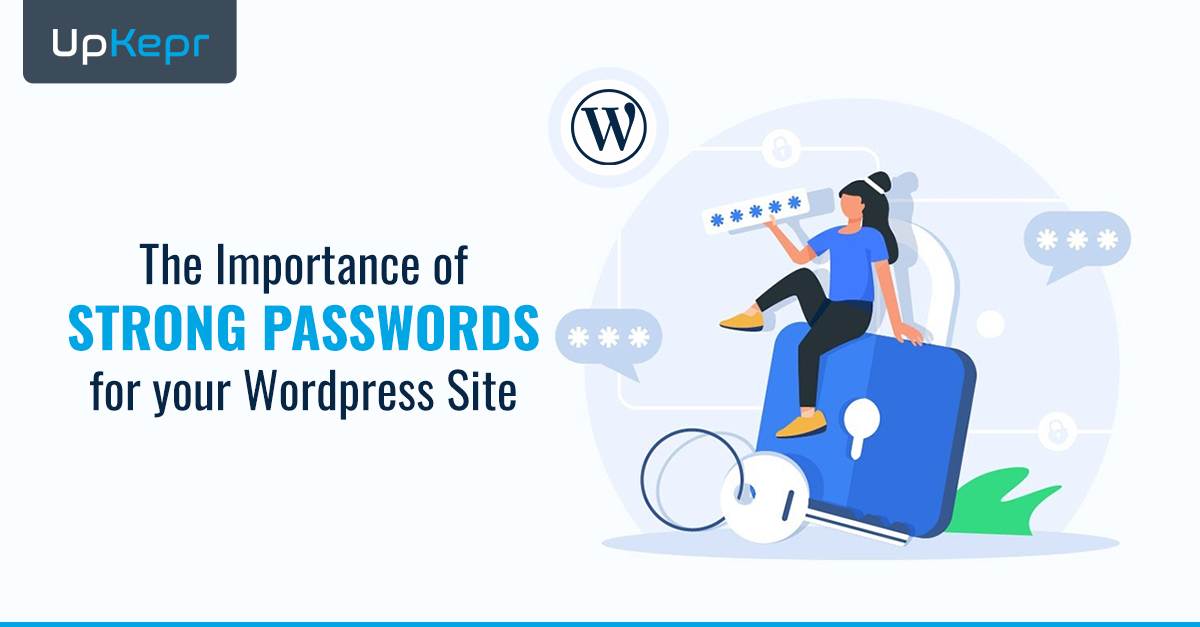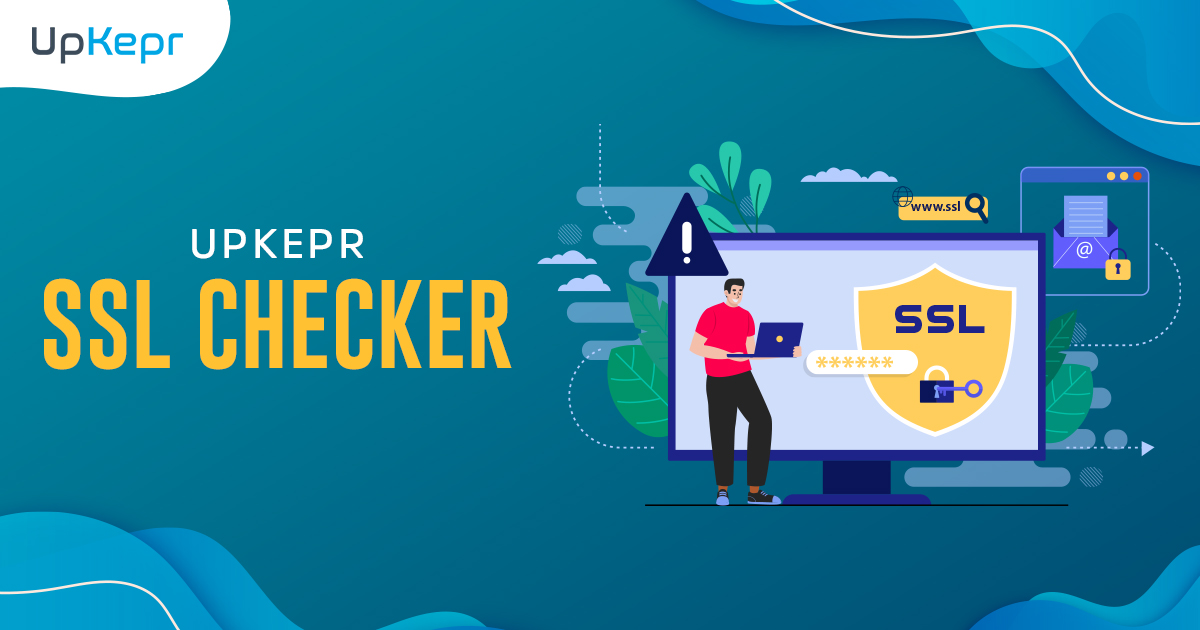
How to Avoid WordPress Plugin Vulnerabilities and Stay Safe

WordPress is the backbone of millions of websites worldwide, powering everything from personal blogs to large e-commerce stores. One of its biggest strengths is its extensive plugin ecosystem, allowing users to add features, customize functionality, and enhance performance without extensive coding knowledge. However, this advantage comes with a significant risk—WordPress plugin vulnerabilities.
Hackers frequently exploit outdated or insecure plugins to inject malware, steal data, hijack websites, and disrupt businesses. If you’re not careful, a poorly maintained plugin could open the door to severe WordPress security issues, leading to a damaged reputation, financial loss, and even complete website failure.
So, how can you protect your WordPress website and ensure that your plugins remain safe? This guide will walk you through everything you need to know, including common vulnerabilities, how to test a plugin’s security, and best practices to secure your WordPress website from potential threats.
Why Are WordPress Plugins a Security Risk?
Plugins extend your website’s functionality, but they can also introduce security loopholes if they are not properly developed, updated, or managed. Many WordPress Plugin Vulnerabilities contribute to security breaches, making it crucial to understand the risks and take proactive measures to ensure your site remains secure.
Common Plugin-Related Security Issues
-
Outdated Plugins – If a plugin is not regularly updated, it can become a security liability, as outdated code often contains known vulnerabilities that hackers can exploit.
-
Poor Coding Practices – Some plugins are built without security best practices, leaving them susceptible to attacks such as SQL injection, cross-site scripting (XSS), and remote code execution (RCE).
-
Malicious Plugins – Some plugins are intentionally designed to act as backdoors, allowing hackers to access your website, steal data, or inject harmful scripts.
-
Plugin Conflicts – Using multiple plugins that are not compatible with each other can create security gaps, leading to unexpected vulnerabilities.
-
Privilege Escalation – Some plugins have permission flaws that allow attackers to gain admin access and take full control of your WordPress website.
Scan Your Website With UpKepr Now
Best Practices to Avoid WordPress Plugin Vulnerabilities
To secure your WordPress website effectively, you must follow proven security strategies when selecting, installing, and managing plugins. Below are critical measures that will help you minimize security risks and keep your website safe.
1. Install Plugins from Trusted Sources Only
The safest way to avoid malicious plugins is to download them only from official and reputable sources. Stick to:
✔️ The WordPress Plugin Repository (Plugins here are reviewed and monitored for security risks.)
✔️ Well-known premium plugin marketplaces like CodeCanyon or directly from the developer’s website
✔️ Plugins developed by companies with a track record of reliable security updates and support
How to Check If a Plugin Is Safe Before Installing
Even if a plugin looks promising, you must verify its credibility before installation. Here’s how:
? Check the Last Updated Date – If the plugin hasn’t been updated in the last 6 months, it may be unsafe.
? Look at Active Installations – A plugin with thousands or millions of active users is more likely to be secure.
? Read User Reviews and Ratings – Pay attention to user feedback, especially regarding security concerns.
? Scan for Vulnerabilities – Use tools like UpKepr WordPress Vulnerability Scanner to check if a plugin has known security flaws.
2. Keep Your Plugins Updated
Plugin developers release updates to patch security vulnerabilities, fix bugs, and improve performance. Ignoring these updates leaves your website exposed to cyber threats.
Why Regular Updates Are Critical
✅ Security patches protect against newly discovered vulnerabilities.
✅ Compatibility improvements ensure that plugins work smoothly with the latest WordPress version.
✅ Performance enhancements reduce security risks caused by outdated code.
How to Manage Plugin Updates Effectively
✔️ Enable automatic updates for critical plugins.
✔️ Regularly check for updates manually, especially for essential plugins.
✔️ Test updates on a staging environment before deploying them on a live site.
✔️ Remove any plugins that are no longer supported by the developer.
3. Delete Unused or Inactive Plugins
Many website owners install plugins, deactivate them, and forget about them. However, even inactive plugins can contain vulnerabilities that hackers can exploit.
Why You Should Remove Unused Plugins
? Inactive plugins can still be targeted by cybercriminals.
? Too many plugins increase security risks and slow down your website.
? Abandoned plugins are no longer patched, making them easy targets.
4. Use a Security Plugin to Scan for Vulnerabilities
Even with careful plugin management, vulnerabilities can still occur. A WordPress security plugin can help you detect, monitor, and fix security threats before they cause damage.
Some of the best security plugins include:
✔️ Wordfence – Provides a firewall and malware scanner to block attacks.
✔️ Sucuri Security – Detects and removes malware infections.
✔️ UpKepr WordPress Vulnerability Scanner – Identifies vulnerabilities in plugins, themes, and core WordPress files.
5. Use Two-Factor Authentication (2FA) for Admin Logins
Even if an attacker manages to steal your password, two-factor authentication (2FA) prevents them from accessing your WordPress dashboard.
Best 2FA plugins:
✔️ Google Authenticator – Two Factor Authentication
✔️ WP 2FA
6. Backup Your Website Regularly
No security system is 100% foolproof, so having regular backups ensures that you can restore your website quickly in case of an attack.
✔️ Use backup plugins like UpdraftPlus, BlogVault, or BackupBuddy.
✔️ Store backups offsite (not just on your server).
✔️ Schedule daily or weekly backups depending on your website activity.
Final Thoughts: Secure Your WordPress Website Today!
WordPress plugins are essential for enhancing website functionality, but they can also pose significant security risks if not managed properly. Outdated, poorly coded, or malicious plugins can expose your site to cyber threats, leading to data breaches, malware infections, and unauthorized access. However, by following best practices—such as installing plugins from trusted sources, keeping them updated, removing unused plugins, and using security tools like UpKepr WordPress Vulnerability Scanner—you can significantly reduce the risk of vulnerabilities.
Website security is not a one-time task but an ongoing process. Regular plugin audits, two-factor authentication (2FA), website backups, and security monitoring are crucial to maintaining a secure WordPress website. Taking these proactive steps will ensure your site remains protected, efficient, and resilient against cyber threats. Don’t wait for an attack to happen—start securing your WordPress site today!



























































































 Sign Up with Google – Free
Sign Up with Google – Free Sign Up with Github – Free
Sign Up with Github – Free